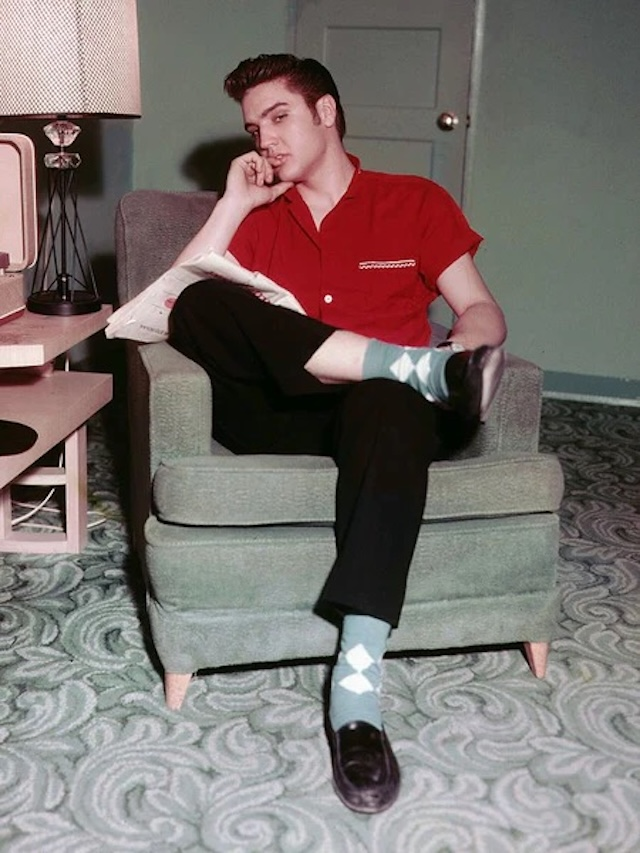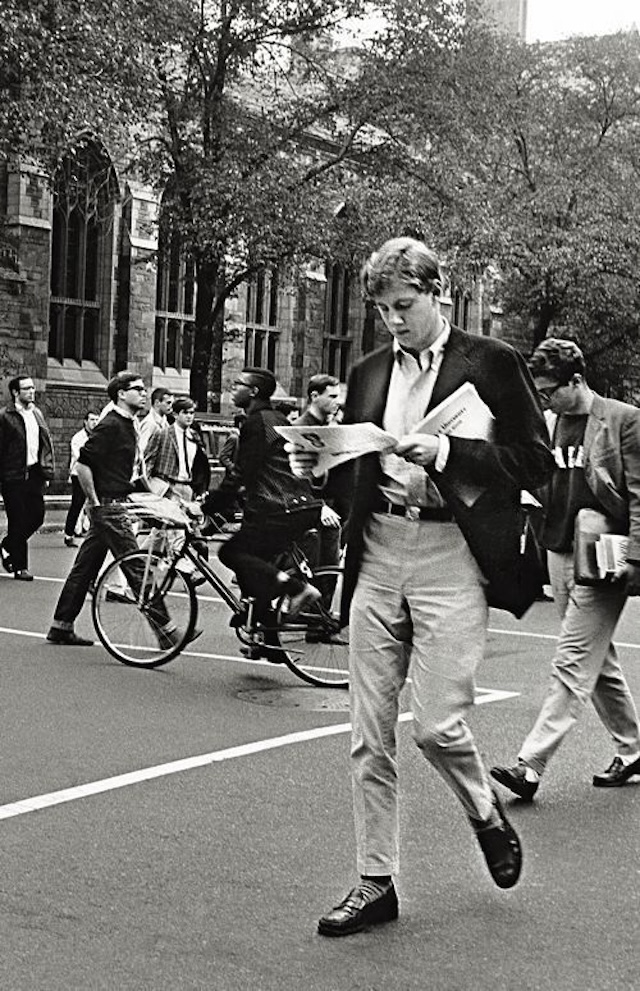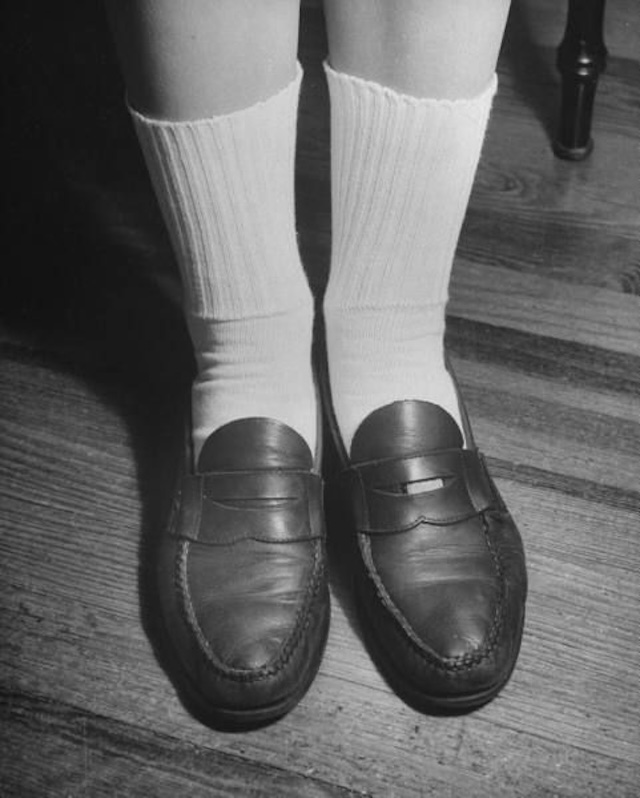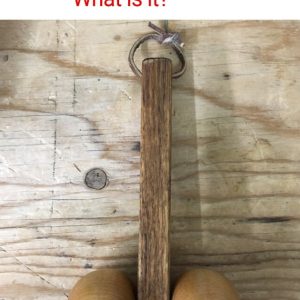If you grew up before the digital age took over—or had a parent who did—you probably remember a pair of polished, slip-on shoes with a small slit on the tongue and a shine that meant “ready for anything.” Yep, we’re talking about the classic penny loafer. And if you’ve ever worn them, admired them, or slipped a coin in for good luck—you’ve been part of a legacy much larger than you might’ve realized.
These loafers weren’t just about style. They were symbols. Statements. And somehow, they managed to be both rebellious and respectable, traditional yet trend-setting. So how did a moccasin-inspired shoe become a timeless fashion icon? Let’s take a walk back in time.

From Norwegian Roots to American Icon
The journey of the penny loafer begins far from New York runways or Ivy League campuses—it starts in Norway. In the 1930s, Norwegian fishermen wore hand-stitched moccasin-style shoes that caught the eye of American travelers. These slip-ons weren’t flashy, but they were practical and stylish in a rugged, understated way.
Enter G.H. Bass, the American footwear brand that saw potential in this Nordic design. In 1936, they introduced the “Bass Weejun”, a play on “Norwegian.” The shoe featured a strap across the instep with a slit just big enough to hold a coin. And just like that, the modern penny loafer was born.
Video: Ask A Librarian Question of the Week – “Where did the term ‘Penny Loafers’ originate?”
Why the “Penny”? A Slot Full of Meaning
Let’s talk about the penny. That small slit on top of the loafer? It wasn’t just decorative. In the 1930s and ’40s, it was common for wearers—especially students—to tuck a penny into that slot. Why?
Two reasons:
- Practicality: In those days, a payphone call cost—you guessed it—one cent. Keeping a penny handy meant you were always one step away from calling home or the office.
- Style with a Wink: Carrying a coin in your shoe became a quirky fashion statement. It was minimalist flair with a dash of mischief.
Over time, people began placing dimes, love notes, or even charms into their loafers, turning shoes into a low-key form of self-expression.
The Ivy League Uniform of the 1950s & 1960s

Fast-forward to post-war America. The 1950s and ’60s saw the penny loafer become a defining piece of preppy fashion. If you were walking across a campus like Harvard or Princeton, you’d see loafers paired with rolled khakis, crisp white shirts, and navy sweaters.
Students loved the loafers because they were both polished and easy-going. No laces, no fuss—just slip on and go. They were stylish enough for class photos, sturdy enough for campus life, and casual enough for everyday wear.
Hollywood’s Love Affair with Loafers

What really sealed the deal for the penny loafer? Hollywood. Some of the biggest names in entertainment wore them both on and off screen.
- Audrey Hepburn sported loafers with slim black trousers in Funny Face, giving them a soft, feminine twist.
- James Dean paired them with jeans and a leather jacket, adding a rebellious edge to the otherwise clean-cut shoe.
- Elvis Presley, with his polished flair, rocked loafers in performances and public appearances alike.
When stars wore loafers, they weren’t just shoes—they were attitude.
Cultural Symbolism: Beyond Fashion
Video: what NOBODY tells you about loafers
The penny loafer wasn’t just a shoe for the stylish. It became a shoe for everyone. Politicians. Teachers. Musicians. Activists. Its simplicity and comfort made it ideal for long walks, protests, and performances alike.
During the civil rights movement, marchers wore penny loafers as they made history. They were comfortable, reliable, and unassuming—a quiet form of strength.
These shoes quietly told the world: “I came to walk, I came to work, and I came prepared.”
A Timeless Look, Reimagined

Even as sneaker culture exploded in the ’90s and 2000s, the penny loafer never vanished. It adapted.
Vintage fashion lovers started pulling loafers from thrift shops and pairing them with modern, edgy looks—blending the classic with the current. Meanwhile, fashion houses like Gucci, Prada, and Tod’s put their own luxurious spin on the classic shape, offering loafers in exotic leathers and bold colors.
The result? The penny loafer found new life across generations. It became just as comfortable on fashion blogs as it was in your grandpa’s closet.
Loafers Today: Practicality Meets Personality
What makes penny loafers so enduring isn’t just their history. It’s their versatility. These shoes work for everyone—from the CEO to the artist, the student to the storyteller. They can be dressed up or down. They can be soft and nostalgic or bold and unexpected.
Most of all, they’re a reminder that fashion doesn’t need to shout to be powerful. Sometimes, a simple silhouette and a polished finish say everything.
Conclusion: A Shoe That Walked Through Time

The penny loafer isn’t just a piece of footwear—it’s a piece of us. It’s walked through school hallways, movie sets, protests, and first dates. It’s evolved without losing its soul, adapted without losing its identity.
So, the next time you slip on a pair—or spot someone rocking them with confidence—know this: you’re not just looking at a shoe. You’re looking at a living icon. A design so good it never needed to be flashy, because it had staying power built right in.
That’s not just fashion. That’s history—stitched, polished, and worn with pride.


